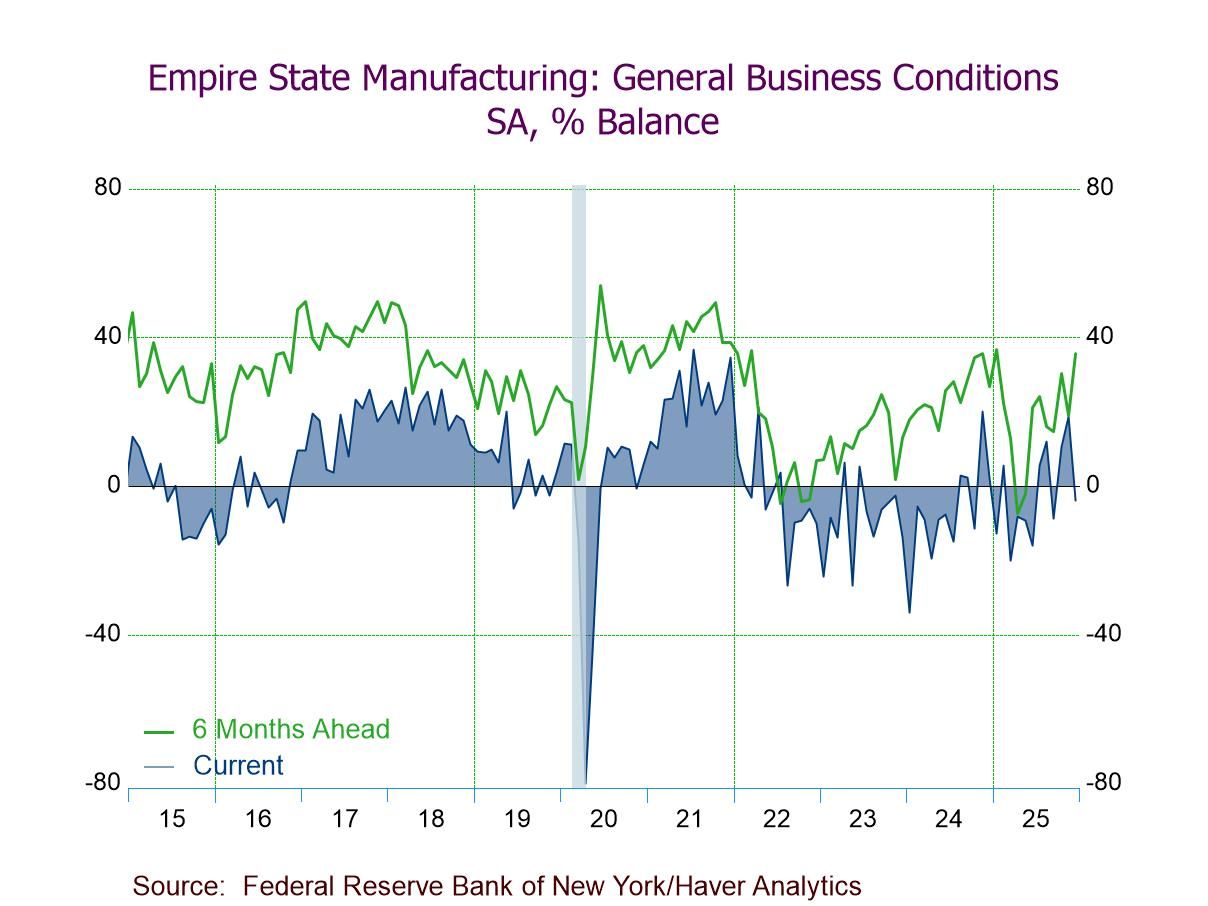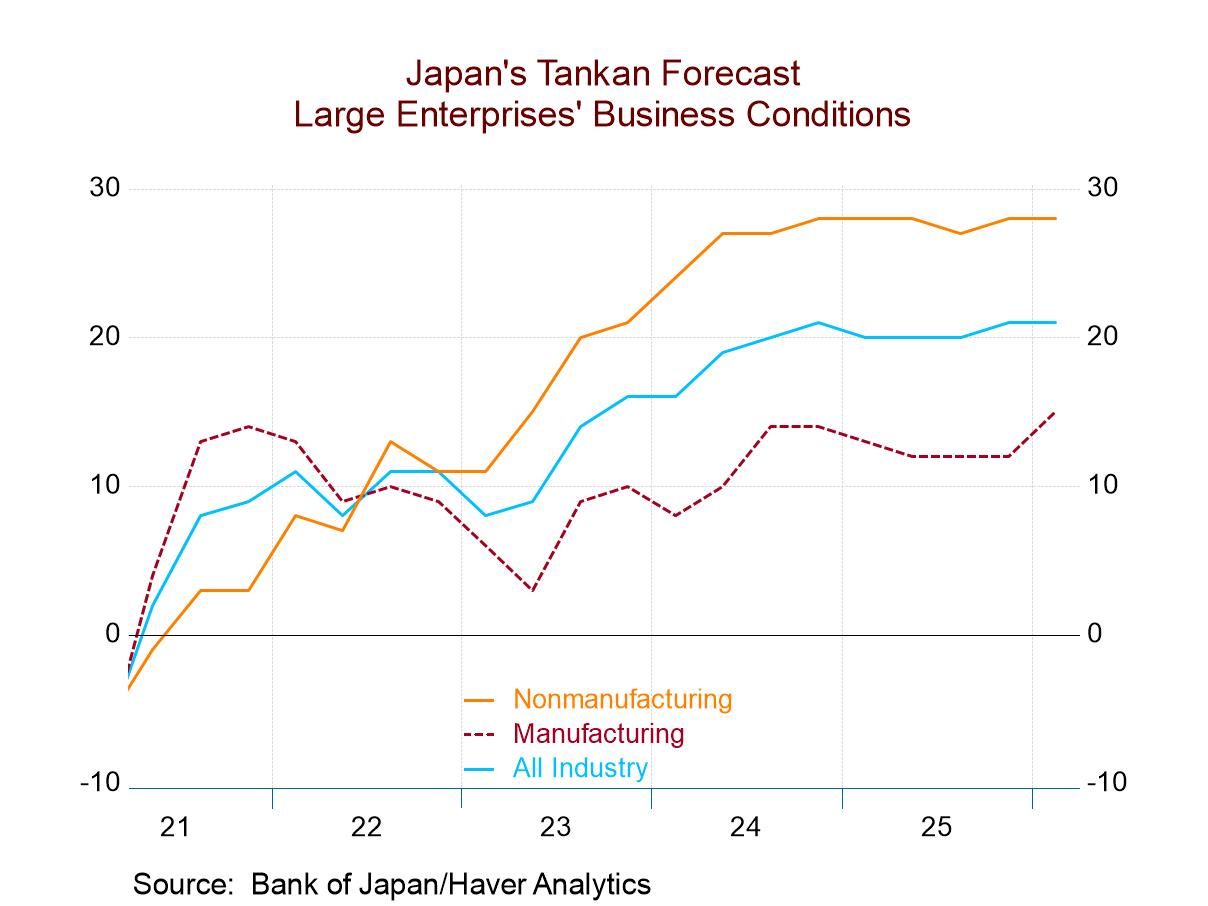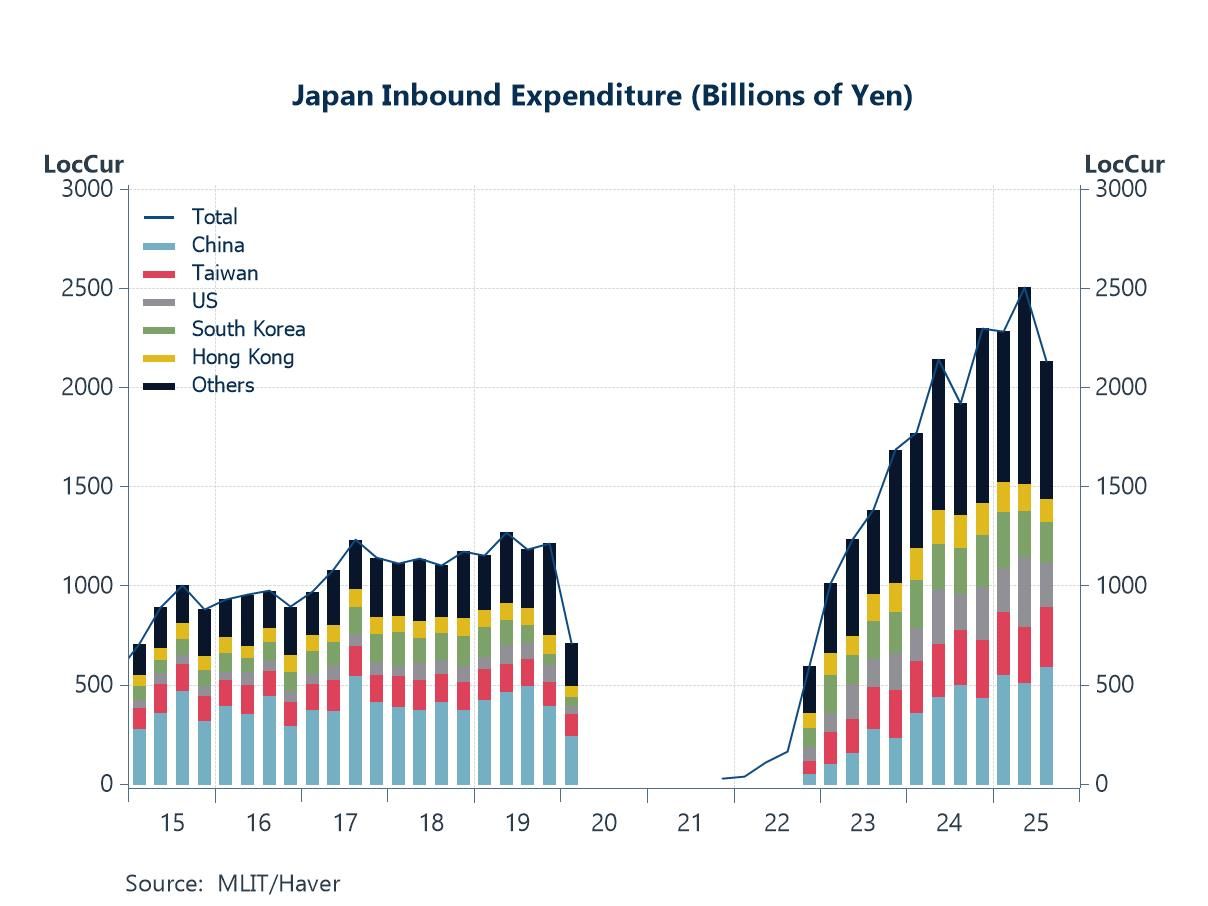U.K. Manufacturing Falls in August – Still Solid 12-Month Growth

Industrial production in the United Kingdom fell in August, dropping for the second month in a row. Manufacturing industrial production fell by 0.8% in August after falling by 1.3% in July. However, sequential growth rates over 12 months, six months and three months show expansion on each of those horizons, although without a clear tendency for growth to accelerate or to decelerate. In the quarter-to-date, industrial production is rising at a 0.5% annual rate with two months of data in place. The U.K. economy has generally struggled in the post-COVID period. Which also coincides with a post Brexit. Industrial production and manufacturing are down 3.9% in August 2023 compared with level on January 2020 before COVID struck.
Not only did headline growth rates fall in July and August, but sector growth rates also fell in both July and August. Sector growth rates fell in each one of the major sectors: consumer durables, consumer nondurables, intermediate goods, and capital goods. The largest decline was in consumer durables where output fell 2.5% in August after falling 3.7% in July; capital goods output fell by 1.4% in August after falling by 0.7% in July.
Sequential growth rates show gathering downward momentum for consumer durables where output falls by 4.8% over 12 months, then falls at 6.6% annual rate over six months and then accelerates to a 15.9% annual rate drop over three months. Consumer nondurables output, however, takes the opposite tact, rising by 4.5% over 12 months accelerating to a 5.3% gain over six months, and then accelerating to an 8.1% annual rate over three months. The consumer sector is caught between two completely opposite trends. Intermediate goods output shows some repair underway as output falls by 3.6% over 12 months; that decline is reduced to a -2.2% pace over six months and then output logs a 1.4% increase over three months. For capital goods, there's no trend apparent except that output increases on all three horizons advancing by 7.6% over 12 months and then slowing to a 2.3% annual rate over three months with a slight speed-up in between.
Quarter-to-date sector output trends are not uniform, which is not surprising after looking at the sequential trends. Consumer durables are falling at a 13.1% annual rate while consumer nondurables are expanding at a 6.3% annual rate; intermediate goods output is falling at a 2.9% annual rate while capital goods output is rising at a 1.2% annual rate- all in all, it’s a pretty mixed performance.
The table also produces some industry-specific data. The most interesting thing in the industry data is the weak performance of utilities output in the U.K. This is attributed to a substantial transition to energy saving devices, particularly electricity. The output of electricity, gas and water utilities is lower by 42.6% from January 2020. Overall manufacturing output is down by only 3.9% on this same timeline. This is an incredible difference; much of this owes to to the transition to energy-saving devices, particularly electrical devices. Over the same period, mining & quarrying output is down relatively sharply as well, while the three other listed industries in the table show increases ranging from a 3.9% gain in motor vehicle & trailer output to a 47.2% increase in textiles & leather.

Summing up U.K. economy is showing significant slowing in the last two months; however, the slowing comes on the heels of a relatively solid June leaving three-month growth rates positive for the headline and across all sectors except consumer durable goods. The Bank of England continues to fight an excessive inflation rate. The trends in the U.K. will bear watching with significant weakness in the last two months especially because it is such widespread weakness.
Robert Brusca
AuthorMore in Author Profile »Robert A. Brusca is Chief Economist of Fact and Opinion Economics, a consulting firm he founded in Manhattan. He has been an economist on Wall Street for over 25 years. He has visited central banking and large institutional clients in over 30 countries in his career as an economist. Mr. Brusca was a Divisional Research Chief at the Federal Reserve Bank of NY (Chief of the International Financial markets Division), a Fed Watcher at Irving Trust and Chief Economist at Nikko Securities International. He is widely quoted and appears in various media. Mr. Brusca holds an MA and Ph.D. in economics from Michigan State University and a BA in Economics from the University of Michigan. His research pursues his strong interests in non aligned policy economics as well as international economics. FAO Economics’ research targets investors to assist them in making better investment decisions in stocks, bonds and in a variety of international assets. The company does not manage money and has no conflicts in giving economic advice.






 Asia
Asia